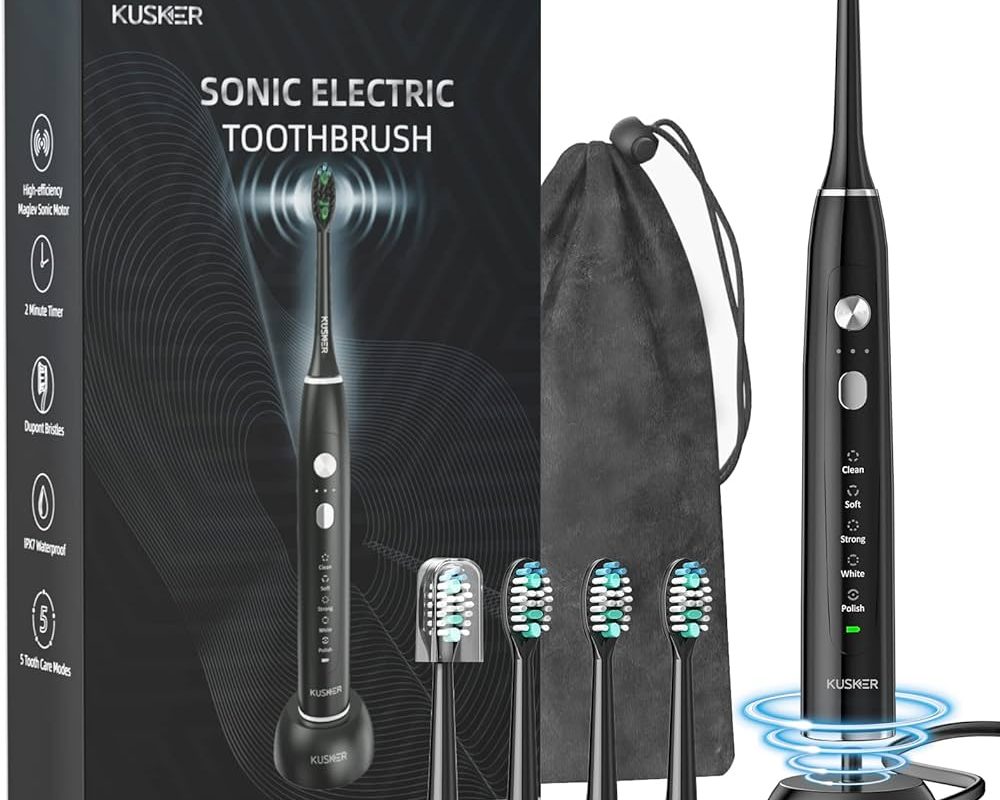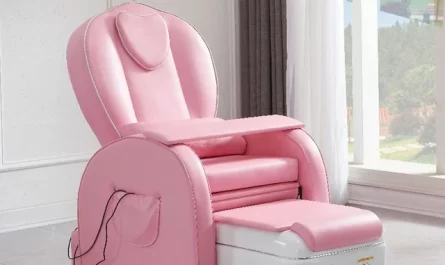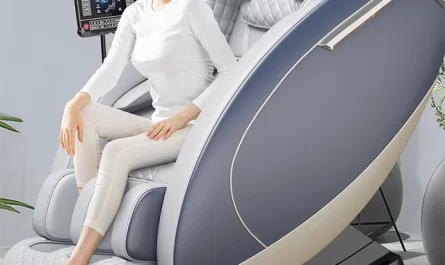Introduction:
Electric toothbrushes have become increasingly popular for their ability to provide efficient and effective oral hygiene. However, it is important to understand the appropriate duration of brushing to ensure optimal oral health. Many people wonder if it is possible to brush too long with an electric toothbrush. In this guide, we will explore the topic of brushing duration with an electric toothbrush, examining the potential risks, benefits, and recommendations for achieving a healthy brushing routine.
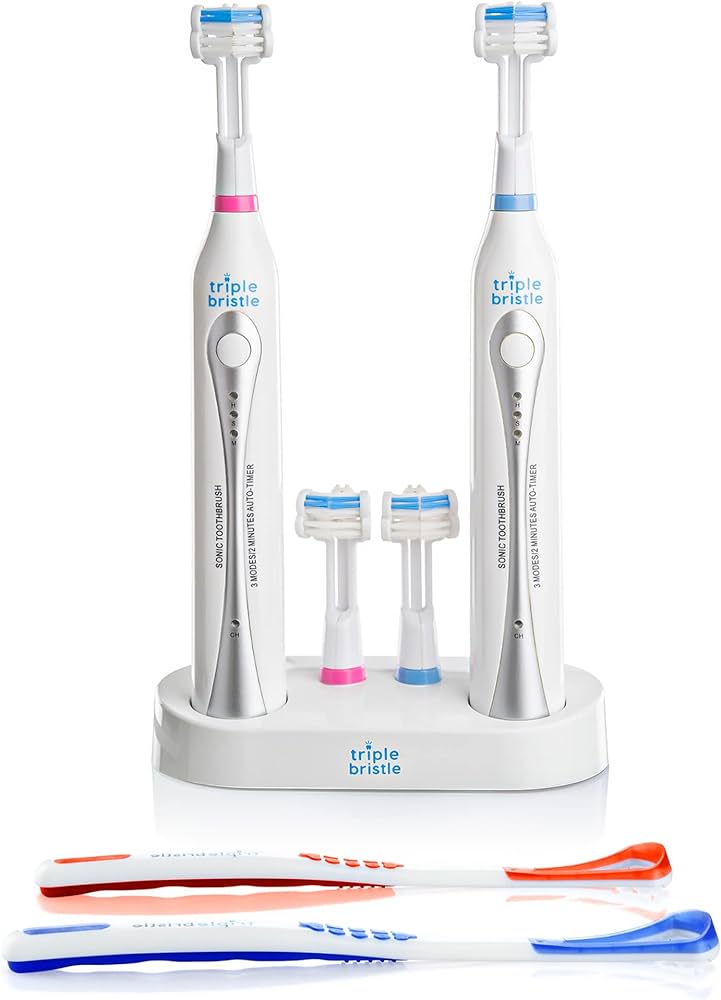
Can you brush too long with electric toothbrush?
The Importance of Brushing Duration:
Proper brushing duration is essential for maintaining optimal oral health. Brushing for an adequate amount of time allows for thorough removal of plaque, bacteria, and food particles from the teeth and gums. It is crucial to achieve a balance, as both insufficient and excessive brushing can have implications for oral health.
Understanding the Recommended Brushing Time:
The American Dental Association (ADA) recommends brushing your teeth for a minimum of two minutes, twice a day. This duration allows for sufficient cleaning of all tooth surfaces, including the front, back, and chewing surfaces. While two minutes is the general guideline, some individuals may require slightly longer brushing times depending on the specific needs of their oral health.
Benefits of Brushing for the Recommended Duration:
Brushing for the recommended duration offers several benefits:
a) Effective plaque removal: Brushing for an adequate amount of time helps ensure that plaque, a sticky film of bacteria, is thoroughly removed from the teeth and gums. This reduces the risk of tooth decay, gum disease, and bad breath.
b) Improved gum health: Consistent brushing for the recommended duration helps prevent gum disease by removing plaque and bacteria along the gum line. This can reduce inflammation, bleeding, and promote healthy gum tissue.
c) Enhanced oral hygiene: Brushing for the appropriate duration allows for the removal of food particles and debris, leading to cleaner and fresher breath.
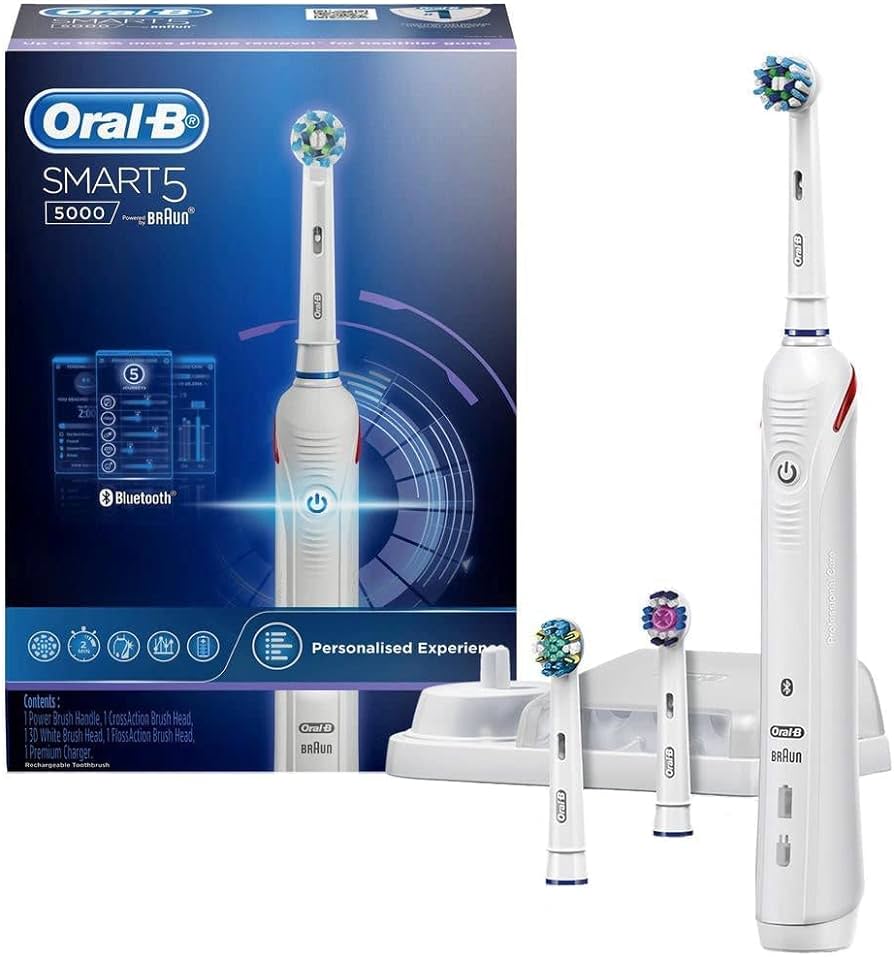
Potential Risks of Brushing Too Long:
While it is important to brush for an adequate duration, there are potential risks associated with brushing for excessively long periods:
a) Gum irritation: Prolonged brushing can lead to gum irritation, especially if excessive pressure is applied or if the bristles of the toothbrush are too hard. This can cause gum inflammation and discomfort.
b) Tooth enamel erosion: Overbrushing, particularly with abrasive toothpaste, can contribute to the erosion of tooth enamel. This can lead to tooth sensitivity, discoloration, and increased vulnerability to cavities.
c) Receding gums: Aggressive and prolonged brushing can cause the gums to recede, exposing the sensitive tooth roots. This can lead to increased sensitivity and aesthetic concerns.
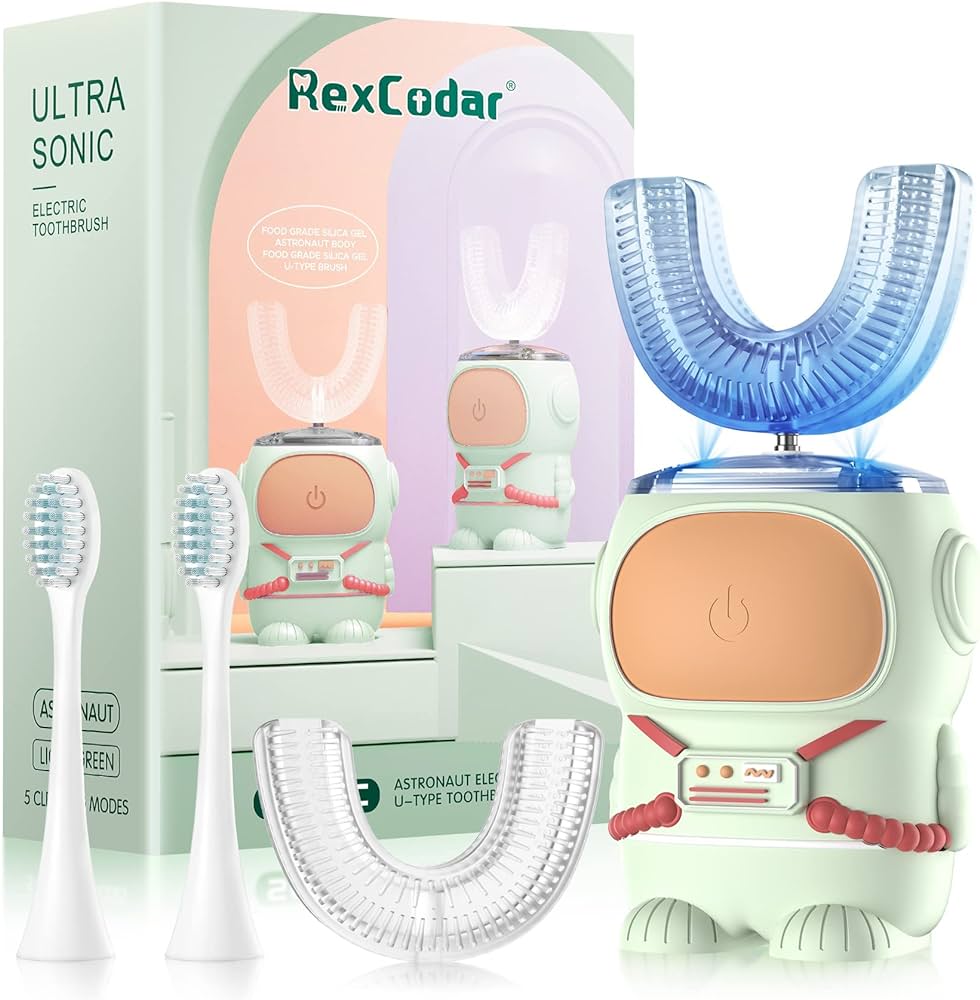
Proper Brushing Technique:
Achieving the recommended brushing duration requires employing the correct brushing technique:
a) Position the toothbrush: Hold the toothbrush at a 45-degree angle against the gum line.
b) Gentle pressure: Apply light pressure to avoid gum irritation or enamel damage. Let the bristles of the toothbrush do the work.
c) Circular or vibrating motions: Move the toothbrush in small circular or back-and-forth motions, covering all tooth surfaces and the gum line. This ensures thorough plaque removal.
d) Spend adequate time: Divide your mouth into quadrants and spend approximately 30 seconds on each quadrant, totaling two minutes of brushing.
Additional Factors to Consider:
In addition to brushing duration, several other factors contribute to maintaining optimal oral health:
a) Frequency of brushing: Brush at least twice a day, preferably after breakfast and before bedtime, to effectively remove plaque and maintain oral hygiene.
b) Use of appropriate toothpaste: Choose a toothpaste that contains fluoride, which helps strengthen tooth enamel and prevent tooth decay. Avoid abrasive toothpaste that can contribute to enamel erosion.
c) Replacement of toothbrush or brush head: Replace your toothbrush or brush head every three to four months, or sooner if the bristles become frayed or worn out. A worn-out toothbrush is less effective at cleaning and can harbor bacteria.
d) Regular dental check-ups: Schedule regular dental visits for professional cleanings, examinations, and personalized oral health recommendations.
e) Tongue cleaning: Cleaning your tongue with a tongue scraper or by brushing it gently with your toothbrush can help remove bacteria and reduce bad breath.
f) Regular dental visits: Even with a thorough home oral care routine, regular dental check-ups are crucial. Your dentist can assess your oral health, perform professional cleanings, and address any concerns or issues that may arise.
g) Flossing: Brushing alone cannot reach all areas between the teeth and along the gum line. Flossing once a day helps remove plaque and debris from these hard-to-reach areas.
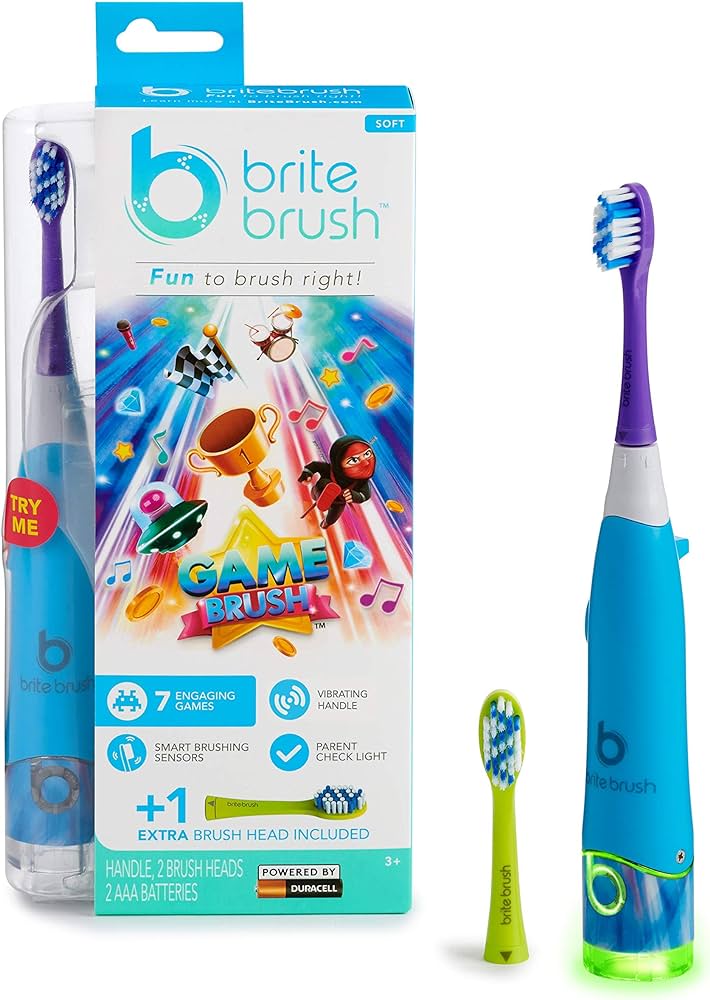
Personalizing Your Brushing Routine:
While the recommended brushing duration is two minutes, it is important to understand that individual needs may vary. Some individuals may require longer brushing times due to specific oral health conditions or factors such as braces, dental restorations, or medical conditions that affect oral health. Consult with your dentist or dental hygienist to determine if any modifications to the recommended brushing duration are necessary for your specific circumstances.
Monitoring Your Brushing Technique:
It is not only the duration of brushing that matters but also the technique. Even if you brush for the recommended two minutes, improper brushing technique can still lead to oral health issues. Pay attention to the pressure you apply, the angle of the toothbrush, and the motion you use. Gentle pressure, a 45-degree angle against the gum line, and small circular or back-and-forth motions are key to effective plaque removal and gum health.
Technology and Timers:
Many electric toothbrushes come with built-in timers or technologies that help ensure proper brushing duration. These features can be beneficial in guiding your brushing routine and alerting you when the recommended time has been reached.
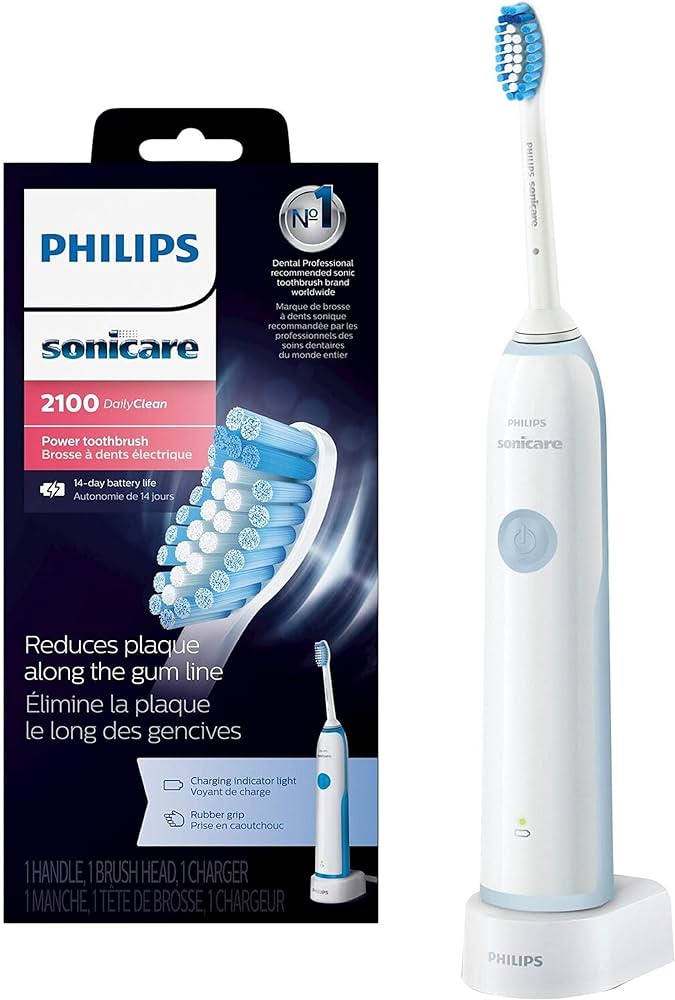
Conclusion:
Brushing duration is a vital aspect of maintaining optimal oral health. The recommended brushing time of two minutes, twice a day, ensures effective plaque removal, improved gum health, and enhanced overall oral hygiene. While it is important to brush for the appropriate duration, excessive brushing can lead to gum irritation, enamel erosion, and gum recession.
Remember, it is not just about the duration, but also the quality of brushing that contributes to a healthy smile and overall oral well-being.

